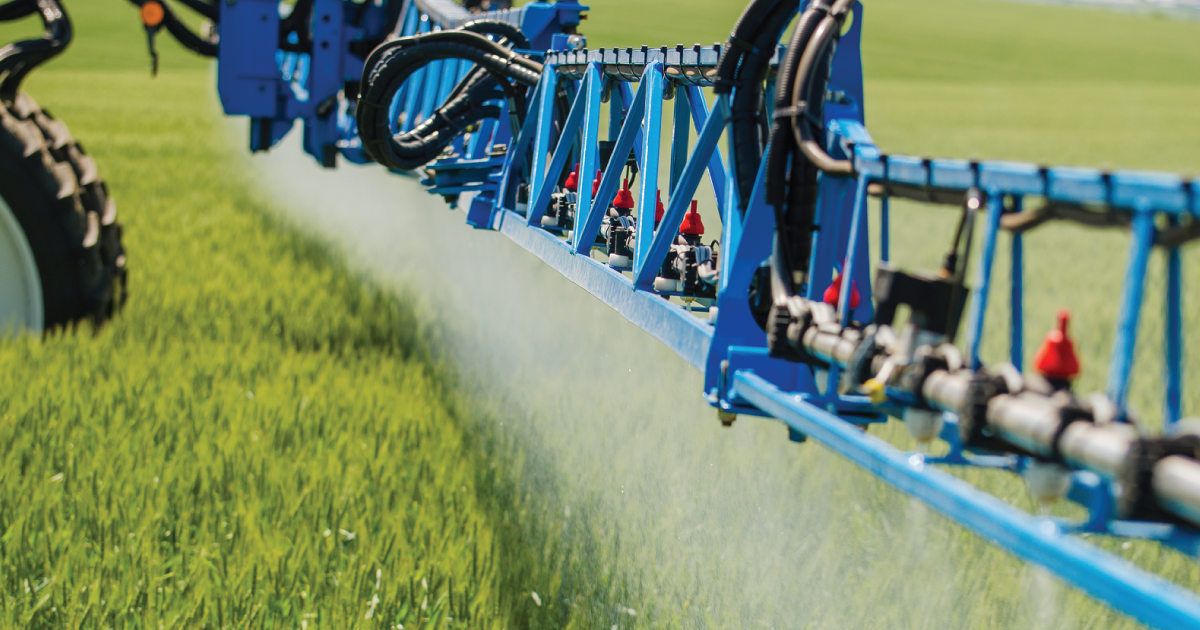
New Study Reveals: The Dietary Risk of Pesticides in Your Food
A new study analyzing publicly available data tells us that organic farming lowers dietary risks of exposure to pesticides. Though these data aren’t surprising, the study creates a new concept called a dietary risk index, or DRI. This is an important contribution for both researchers and consumers. DRI provides new data analyses for researchers interested in pesticides and dietary exposures, and includes information that could help consumers understand how much pesticide exposure they’re at risk for when they consume specific foods.
October 8, 2021 | Source: Pesticide Action Network | by Emily Marquez
A new study analyzing publicly available data tells us that organic farming lowers dietary risks of exposure to pesticides. Though these data aren’t surprising, the study creates a new concept called a dietary risk index, or DRI. This is an important contribution for both researchers and consumers. DRI provides new data analyses for researchers interested in pesticides and dietary exposures, and includes information that could help consumers understand how much pesticide exposure they’re at risk for when they consume specific foods.
Thorough pesticide use data that’s publicly available is hard to come by. The US Department of Agriculture (USDA) surveys pesticide use, but not on every single crop. EPA’s pesticide use reports are few and far between, and don’t give details on which crops they’re used on — though they do report how much pesticide is used on farms. Another way to look at US pesticide use is via the US Geological Survey model that maps estimates of commonly used pesticides based. This paper uses all available sources to analyze 2019 pesticide use intensity in conventionally produced crops compared to organically produced crops in the U.S.
The authors have several decades of expertise on pesticide research between them (and one of the authors used to be a PAN scientist!). She created the Drift Catcher and the Drift Catcher community monitoring program while at PAN. The Drift Catcher is an air monitoring device that PAN uses with community partners to detect pesticide drift and has been used in support of local or state-based policy projects.
